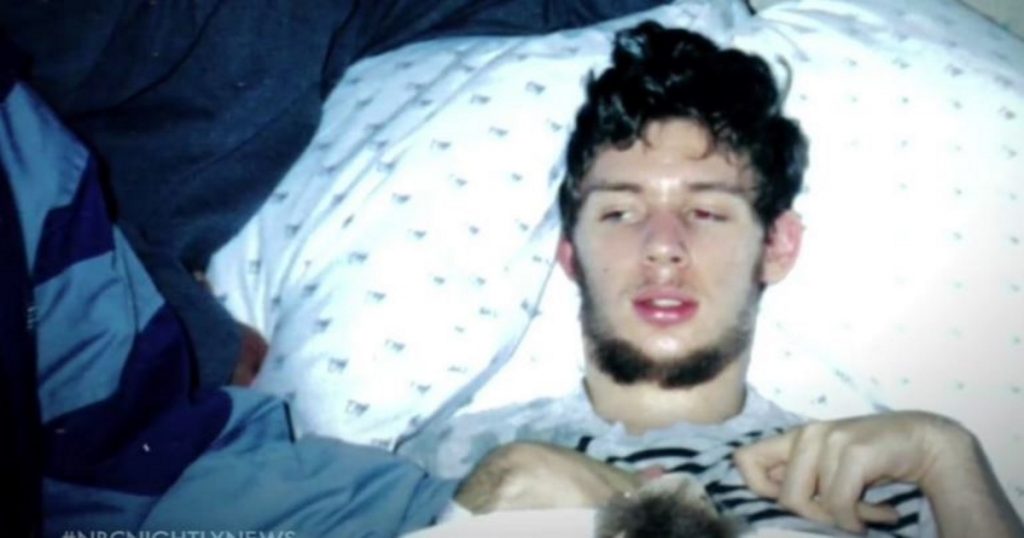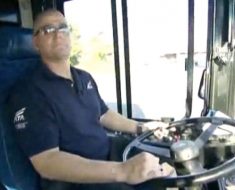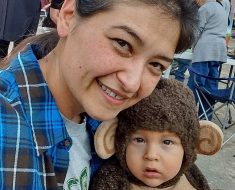Most of us have indulged in the exciting game of charades at some point in our life; standing in front of friends, trying not to use words before making them guess the mystery phrase, makes for a fun and adrenaline inducing game night. But imagine charades being the only way you can communicate for the rest of your life.
Now imagine not having your hands, your facial expressions, or the control of the rest of your body, in addition to having no voice! This isn’t some scary plot of a novel or a movie we are describing here. It is very much a real story about a boy named Martin Pistorius.
Most of us have indulged in the exciting game of charades at some point in our life; standing in front of friends, trying not to use words before making them guess the mystery phrase, makes for a fun and adrenaline inducing game night. But imagine charades being the only way you can communicate for the rest of your life.
Now imagine not having your hands, your facial expressions, or the control of the rest of your body, in addition to having no voice! This isn’t some scary plot of a novel or a movie we are describing here. It is very much a real story about a boy named Martin Pistorius.
In the year 1988, Martin was a 12-year-old boy living in South Africa developing an interest in electronics, resistors and transistors. There had never been any signs in Martin’s 12 years to suggest that he had any kind of health problems. And so, it was quite unusual when he came home sick one day from school and didn’t seem to get better.
His condition worsened progressively, as one by one he stopped being able to move, speak, or make eye contact. Doctor’s couldn’t figure out exactly what was causing this and eventually thought cryptococcal meningitis to be their best guess. A fungal disease, cryptococcal meningitis, is an infection in the lining of the brain and spinal cord and can be contracted from fungus found in dirt, dried bird droppings, and even dust.
Martin’s parents, Rodney and Joan’s only option was to take Martin home and watch him die. However, destiny had something else planned for the family. Even though Martin didn’t get better, he also didn’t die.
His father, Rodney recalls waking up at 5 o’clock each day to get Martin ready for the day care center where he would spend time while the parents were at work:
“Eight hours later, I’d pick him up, bathe him, feed him, put him in bed, set my alarm for two hours so that I’d wake up to turn him so that he didn’t get bedsores.”
For 12 years the parents did this without things ever getting any better for Martin. Seeing her son in a vegetative state, Joan still feels guilty for once saying out loud in front to Martin that she hoped he died and that things would just end.
The story doesn’t end there of course and to tell you the next part of it, we have Martin’s own words,
“Yes, I was there, not from the very beginning, but about two years into my vegetative state, I began to wake up … I was aware of everything, just like any normal person … Everyone was so used to me not being there that they didn’t notice when I began to be present again … The stark reality hit me that I was going to spend the rest of my life like that – totally alone.”
This feeling of doom briefly took over Martin when he allowed himself to give up and just stop thinking. But even in his attempt to feel and think nothing, he would get annoyed by things like TV shows or conversations like the one where his mother said she hoped he dies. He eventually tried to gain control in any small way possible with simple things like training his mind to tell time based on the sun shadows.
Ultimately in 2001, a day care center therapist named Virna Van Der Walt started noticing Martin’s active brain and urged that his parents to take him for cognative testing. Speaking of the therapist, Martin says,
“She was the catalyst who changed everything. Had it not been for her, I would probably either be dead or forgotten in a care home somewhere.”
The testing did prove that Martin was not a vegetable after all. He then acquired special equipment that would help him communicate and for the first time he was actually able to share his thoughts and preferences,
“I don’t think I will ever forget that feeling when my mom asked me what I’d like for supper and I said, ‘Spaghetti Bolognese,’ and then she actually made that. I know that must seem insignificant, but for me, that was amazing.”
Once his mind started getting stronger, so did his body. And even though it took a lot of work and relearning, Martin eventually went to college, learned to drive and even got married in 2009. Currently living in England with his wife, Martin is in his early 40s and hoping to start a family someday. He even shared his amazing story in a New York Times best selling autobiography called Ghost Boy.
Screenshot via YouTube
Seeing Martin in this video shows just how far he has come!
We leave you with these encouraging words from Martin who has made it clear that giving up is never the right option,
“Never underestimate the power of the mind, the importance of love and faith, and never stop dreaming … Treat everyone with kindness, dignity, compassion and respect, irrespective of whether you think they understand or not.”
Wow, such powerful advice from such an inspirational man!







